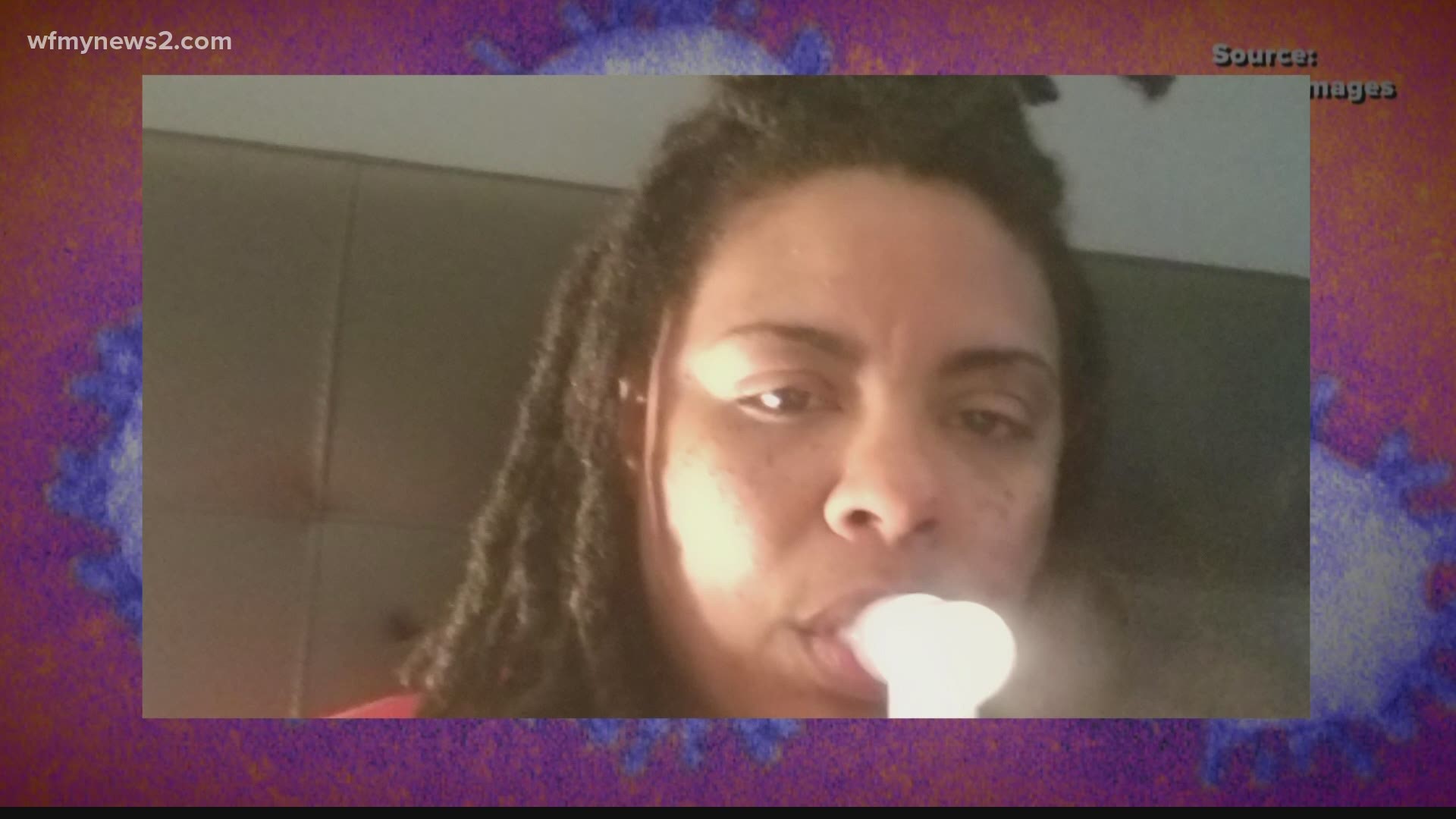HIGH POINT, N.C. — Leslie Rowls remembers the moment she thought she had COVID-19. She had a slight cough but wasn’t too concerned until she was doing some household chores.
“I was cleaning the toilet and I couldn’t smell the Pine-Sol,” Rowls said.
The cough would get progressively worse and her breathing became labored. She would get tired easily and her energy was extremely low.
“I had to call an ambulance. My wife was going to drive me, but my cough and breathing was very bad,” Rowls said. “We were worried if I struggled to breathe.”
Rowls would be part of the first wave of North Carolinians that caught the virus. At the time, testing was limited and Rowls was not tested at the hospital.
“They seemed to want to save the tests for people who were in extreme distress,” Rowls said.
The ER doctor told Rowls to go home and isolate herself and just ride it out. If it became worse, she was to come back in.
“I was in isolation 27 days,” Rowls said.
Her battle with COVID-19 was long and difficult. There were days she rarely got up from the bed. She would eventually start some breathing treatments, but it took several months before she felt anything like she did.
“It was not easy and not fun,” Rowls said.
About a month after her visit to the ER, Rowls started to get the hospital, doctor, and ambulance bills. She set them aside while she continued to recover from the virus. A few weeks later, she started to reach out to her insurance company to better understand the medical bills.
“I called and said I had COVID-19 and (the bills) should be covered, and they began telling me no, we don’t have a positive test for you,” Rowls said.
Rowls would later join a COVID-19 support group and learn she was not alone. Several people were dealing with similar issues.
“I was stuck in the middle because I couldn’t test myself but (hospital) didn’t test me,” Rowls said.
The out-of-pocket expense was a little more than $3,000. Rowls said one of the bills eventually ended up with a collection agency. It was around that time she reached out to us.
“The stress and anxiety levels were really high,” Rowls said.
We immediately contacted her insurance provider along with the hospital and the ambulance company. It took several months but eventually, Rowls was able to get the bills re-coded and resubmitted. It took even longer to learn the bills were later approved, saving Rowls around $2,500.
“Thank you. I’m very appreciative and grateful,” Rowls said.
It has been a little more than a year since Rowls went to the ER, and while she is much better, she said she is still only at 95%. Her breathing and energy are still not where they were, but she is glad to have conquered COVID-19.
Rowls said there is also some stress associated with going back to work in an office environment. She has been very careful since contracting the virus and has reservations about being in large groups of people.

